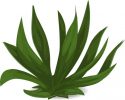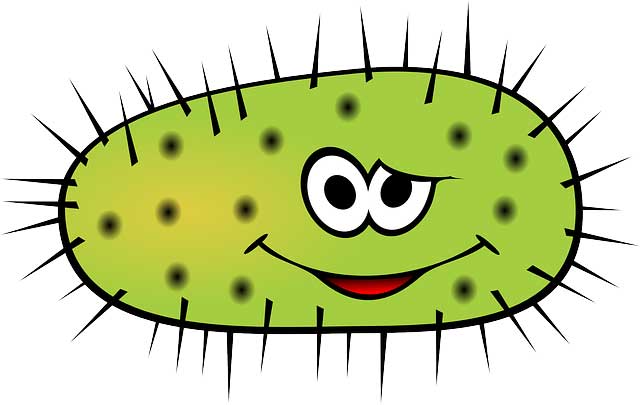 In the battle for survival, plants are normally seen as passive and inactive creatures against their predators called herbivores (plants-eating animals). However, that’s not true! Plants have developed basic and sophisticated defenses against herbivores and pathogenic infections. These defenses help plants to deter herbivores and sometimes become lethal for them.
In the battle for survival, plants are normally seen as passive and inactive creatures against their predators called herbivores (plants-eating animals). However, that’s not true! Plants have developed basic and sophisticated defenses against herbivores and pathogenic infections. These defenses help plants to deter herbivores and sometimes become lethal for them.
Types of Plant Defenses
Some factors affect the survivability of plants directly. Among them, the main factors are animals that rely on plants for food, pathogens, parasites, and environmental stress. Plants have developed various defense mechanisms to fight for their survival. There are two types of defense mechanisms in plants.
- Constitutive Defenses
- Induced Defenses
Constitutive Defenses
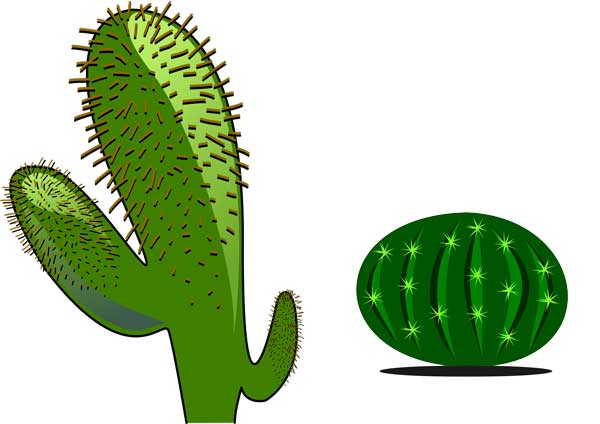 These defenses are always present in the plant whether they are being attacked or not. These defenses are basic and protect the plant against herbivores, pathogens, and environmental conditions. There are many types of constitutive defenses, some of them are:
These defenses are always present in the plant whether they are being attacked or not. These defenses are basic and protect the plant against herbivores, pathogens, and environmental conditions. There are many types of constitutive defenses, some of them are:
- Chemical Defenses: Chemical defenses have been developed in many plants that can make herbivores very sick, sometimes killing them. Poison Ivy is a plant that releases an oil-like liquid that can give its attacker an itchy rash.
- Physical Barriers: Plants have developed many types of structures that act as physical barriers against herbivores, for example, spines, thorns, and tough leaves.
- Mimicry: Plants have learned the behaviors and taste preferences of herbivores. They have evolved to blend with their environment and mimic the features of inedible objects to avoid being eaten.
- Digestive Inhibitors: Many species of plants have developed certain compounds in their leaves which disturbs the digestion process of herbivores when eaten. As a result, herbivores avoid eating such plants.
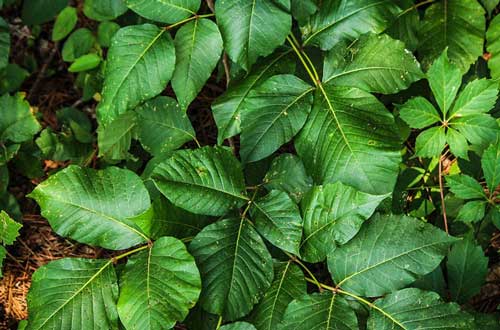
Induced Defenses
These defenses are triggered when plants are attacked, damaged by herbivores, or due to environmental stress.
- Chemical Signaling: Some plants have learned about the predators of the herbivores. So, when they are attacked, they release a volatile organic chemical that attracts the predators of the herbivores. Moreover, few species of plants can produce poisonous substances in their leaves when they are over-eaten. The poisonous substance can make the herbivores ill and sometimes kill them.
- Systematic Acquired Resistance: When plants get infected with pathogens, they develop a state of resistance. Also, they remember the initial point within their system from which pathogens entered. So, next time plants will be better prepared and develop resistance at that point.
- Salicylic Acid (SA) Pathway: Plants produce salicylic acid in response to pathogenic infections. The salicylic acid activates certain genes which in turn produce antimicrobial compounds to kill the pathogens.
Examples of Plants With Defenses
Cactus
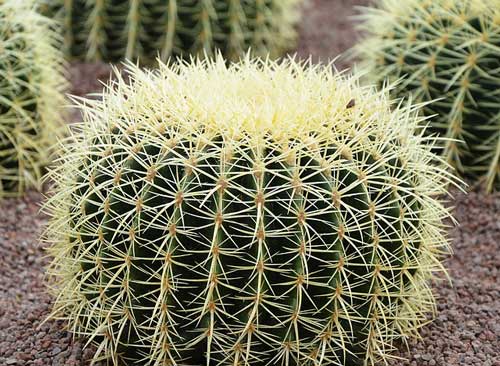
Cactuses are one of the plants that survive in extreme environmental conditions. They have developed spines on their surface which act as a physical barrier against herbivores. These spines can damage the mouth and face of herbivores. Other than this, Spines also provide shade to the overall cactus which reduces their water evaporation.
Some species of cactus have developed specialized structures, such as glochids. The Glochids are hair-like tiny spines that are easily detachable and stick to the bodies of herbivores when they touch the cactus. These glochids cause minor to severe skin irritation so herbivores avoid such cactuses.
Oak Tree

Many plants cover themselves with bark and stems to prevent insects from reaching inside. Oak trees are one of the plants which use thick and rugged barks for protection from insects. The barks also protect their internal structures from the dry atmosphere and harsh weather conditions.
Wild Tobacco
Wild Tobacco produces a chemical, famous known as nicotine which makes their leaves bitter. The bad taste distracts herbivores and acts as a deterrent. Nicotine is a potential alkaloid that acts as a neurotoxin and affects the nervous system. Moreover, nicotine is very toxic to some insects so these insects stay away from wild tobacco.
Fun Facts
- Many drugs that are in use today are made from chemicals, which are used by plants for their protection.
- Cotton plants produce a chemical that is used to kill bacteria and fungi.
- Plants also use chemical defenses against other plants to prevent them from taking the space around them.
- Many plants make predators their friends by sheltering them. These predators hunt the herbivores for their food, saving the plant from being eaten.

